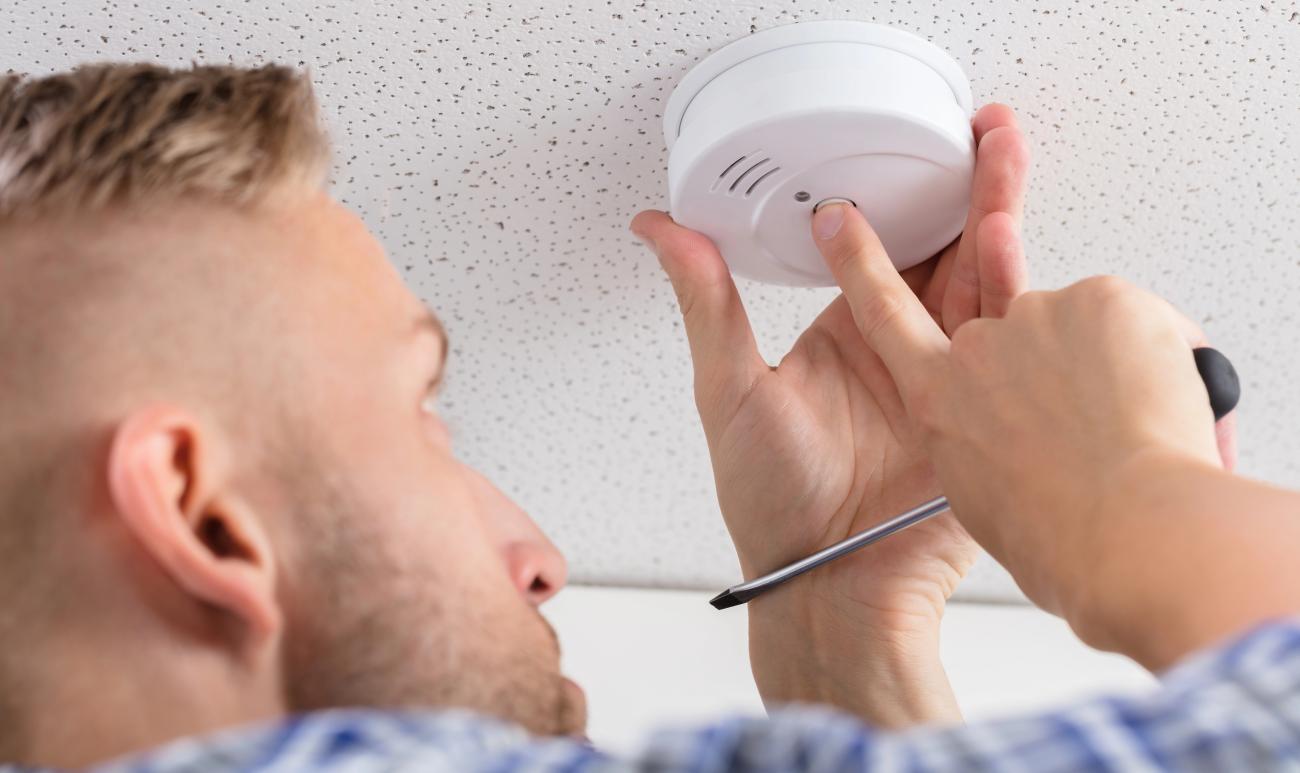Fire brigades across the country are calling on residents to take time this month to talk about fire prevention and safety. October 5–11 is Fire Prevention Week and this year’s theme is “Charge into Fire Safety: Lithium-Ion Batteries in Your Home.”
In recent years, YouTube and other sites have been rife with footage of lithium-ion battery fires impressive in their destructive potential.
Common as they are in everyday household use, the dark side lies in their potential for thermal runaway, or overheating. They are highly volatile due to flammable components which can cause explosions and fires that are difficult to extinguish.
As well, they can emit excessive smoke and toxic gas when overheated.
Electric vehicles (EVs), e-scooters, and e-bikes use lithium-ion batteries. So do many power tools, smartphones, e-cigarettes, and some electronic toys.
Niverville fire chief Keith Bueckert says that it’s not the goal of his team to alarm people but rather educate them, since lithium-ion fires are preventable.
Statistically, most battery fires happen when they are being charged. For this reason, Bueckert says it’s really important to ensure that batteries and chargers are compatible with one another. Also, both batteries and chargers should have the CSA approval stamp.
“A lot of knockoff stuff is coming from overseas,” Bueckert says. “That’s true with both batteries and charging equipment.”
Equally important is to ensure that batteries are only being charged during daytime hours when someone is home to monitor them, not unlike the rule of thumb in terms of burning a candle.
Never charge your electronics in an egress area which could block your escape in the event of a fire.
For parents of teens, it’s imperative to emphasize the risks that come with charging a cellphone in bed.
“Anything that’s being charged creates heat,” Bueckert says. “We’ve had instances where people will charge a phone in bed and throw the covers over it. Because it’s not able to get that heat release, it can cause the bed to catch on fire.”
When a battery is done charging, remove it from the charger and unplug the charger, especially when the charger doesn’t have an automatic shutoff feature at full charge.
The battery, too, can create a fire hazard when its integrity has been compromised—say, after it’s been dropped or when it’s been left out in the heat for too long.
“These fires are extremely fast and quickly develop into a major contents fire,” says Bueckert.
Bueckert and his team will be in local schools again this year promoting fire safety. There’ll be prizes and take-home materials to guide parents in discussing fire safety at home.
“Make sure you’re talking to your kids about fire safety,” Bueckert says. “Take 20 minutes with your family and just review all the stuff. Make sure everyone knows how to get out of your home and practice it. Make sure the kids know how to get out if their first means of egress doesn’t work.”
As always, he adds that the week should be seen as an opportunity to test smoke alarms and replace batteries. With homebuilding materials as volatile as they are these days, it’s never been more important.
“If you have a fire in your house, you have about 90 seconds to get out by the time the smoke alarm goes off. There could be significant smoke already by that time.”
Finally, Bueckert says, make sure you dispose of old lithium-ion batteries safely, taking them to companies like Bristal Hauling to ensure their proper disposal.


